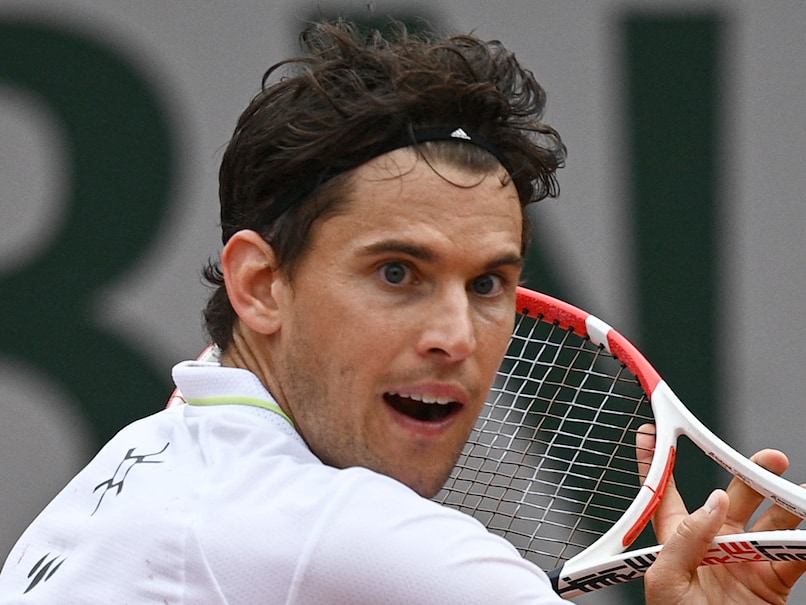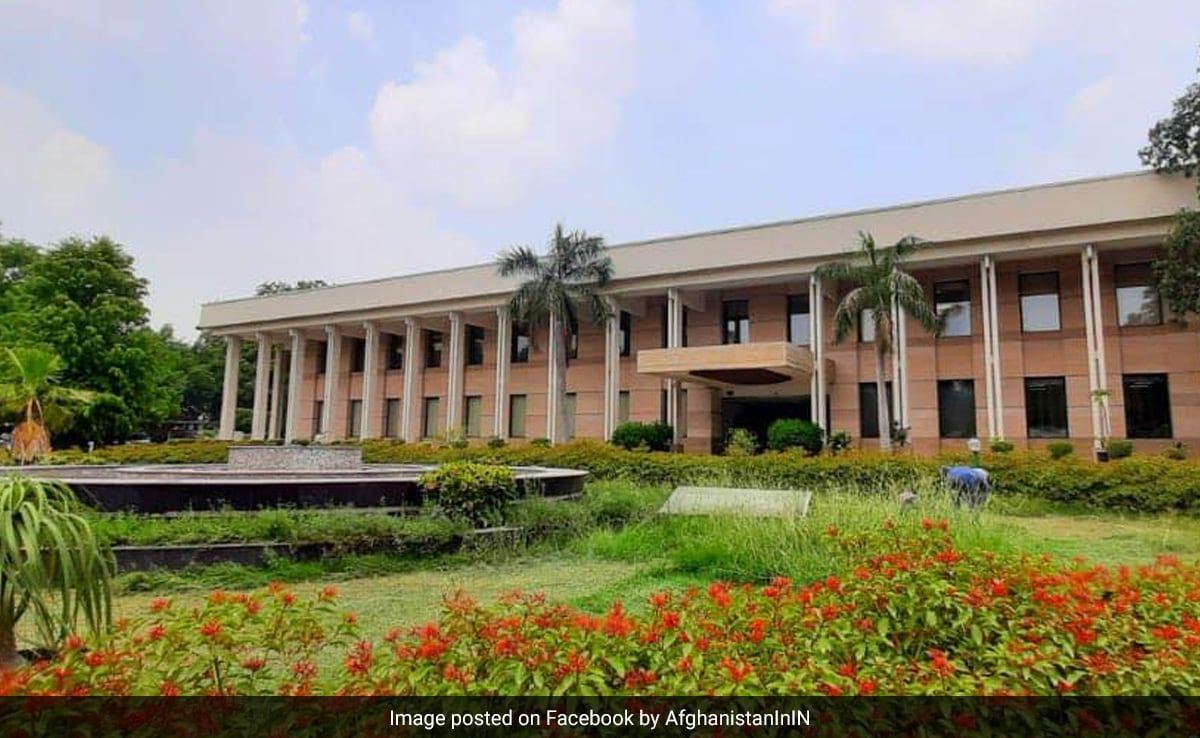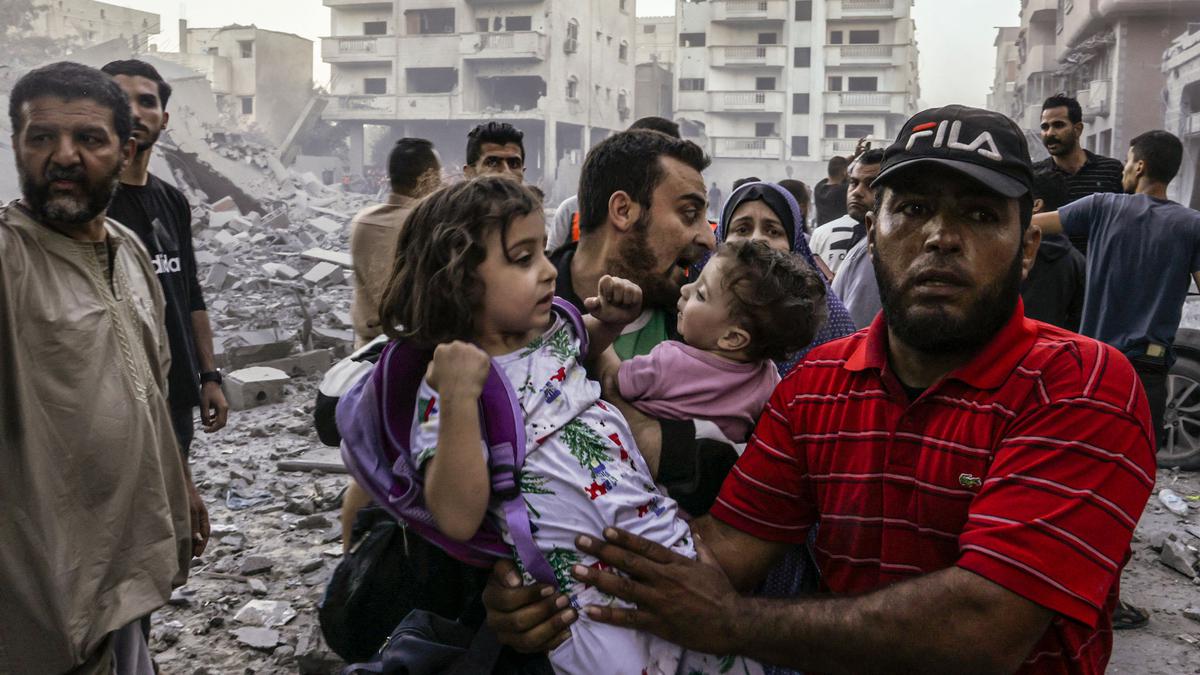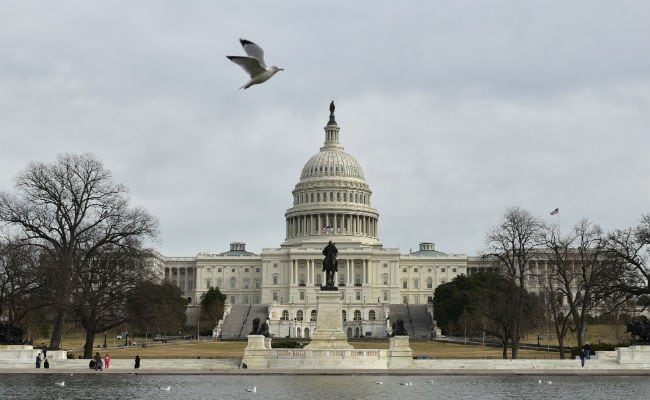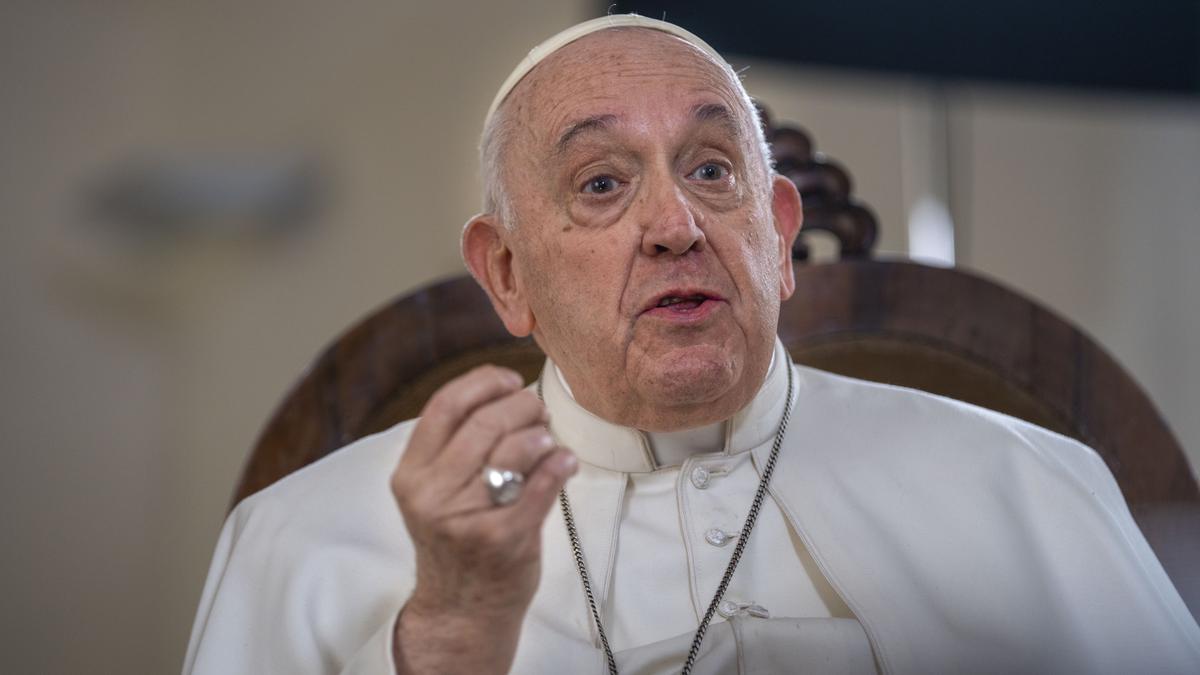Slowly but steadily this summer, Russian troops are forging through Ukraine’s outgunned and undermanned defenses in a relentless onslaught, prompting the West to push for new weapons and strategies to shore up Kyiv.
That, in turn, has brought new threats by President Vladimir Putin to retaliate against the West — either directly or indirectly.
The moves by the West to blunt the offensive and the potential Kremlin response could lead to a dangerous escalation as the war drags through its third year — one that further raises the peril of a direct confrontation between Russia and NATO.
Probing offensive
Russia took advantage of its edge in firepower amid delays in U.S. aid to scale up attacks in several areas along the 1,000-km front. Relatively small units are probing Ukrainian defenses for weak spots, potentially setting the stage for a more ambitious push.
Russia’s offensive near Ukraine’s second-largest city, Kharkiv, that began in May and worried Kyiv’s Western allies has apparently lost momentum after the Ukrainian army bolstered its forces in the area by redeploying troops from other sectors.
Meanwhile, Russia has made incremental but steady advances in the Donetsk region, including around the strategic hilltop town of Chasiv Yar, a gateway to parts of Donetsk still under Ukrainian control. Analysts say the fall of Chasiv Yar would threaten the key military hubs of Sloviansk and Kramatorsk.
Putin declared that Moscow wasn’t seeking quick gains and would stick to the current strategy of advancing slowly.
Jack Watling of the Royal United Services Institute said that by stretching Ukrainian forces along a wide front, Russia is overcoming the limitations of its military that lacks the size and training for a major offensive.
The breadth of the strikes has forced Ukraine to spread out its artillery, “expending munitions to break up successive Russian attacks,” he said in an analysis. “Russia’s aim is not to achieve a grand breakthrough but rather to convince Ukraine that it can keep up an inexorable advance, kilometer by kilometer, along the front.” Michael Kofman of the Carnegie Endowment said Russia’s apparent goal is to maintain pressure and try to stretch out Ukraine’s forces. He noted that even though Ukraine managed to stabilize the front line, it had to use reserves intended to be deployed elsewhere.
“It will take more and more time to actually regenerate Ukraine’s combat strength because of that,” he said in a recent podcast.
Moscow also has stepped up airstrikes on Ukraine’s energy facilities and other vital infrastructure with waves of missiles and drones. Ukrainian President Volodymyr Zelenskyy said the country had lost about 80% of its thermal power and one-third of its hydroelectric power in the strikes.
“This will be a growing problem when we talk about the future Ukraine’s economic viability,” Kofman said.
Watling said the shortage of air defenses is giving Ukraine a difficult choice between concentrating them to safeguard critical infrastructure, or protecting troops on the front.
“The persistence of Russia’s long-range strike campaign means that not only is the front being stretched laterally, but it is also being extended in its depth,” he said.
The West responds, the Kremlin counters
Washington and some NATO allies have responded to the offensive by allowing Kyiv to use Western weapons for limited strikes inside Russia. The U.S. has allowed Ukraine to use American weapons against military targets in Russia near Kharkiv and elsewhere near the border, but, to Kyiv’s dismay, Washington so far hasn’t given permission for strikes deeper in Russia.
French President Emmanuel Macron and some other Western officials argue that Kyiv has the right to use their equipment to attack military assets anywhere in Russia. There also has been talk by Macron and the leaders of NATO’s Baltic members — but not the U.S. — of deploying troops to Ukraine.
Putin warns that this would be a major escalation, and he threatened to retaliate by providing weapons to Western adversaries elsewhere in the world.
He reinforced that argument by signing a mutual defense pact with North Korea in June and holding the door open for arms supplies to Pyongyang.
He declared that just as the West says Ukraine can decide how to use Western weapons, Moscow could provide arms to North Korea and “similarly say that we supply something to somebody but have no control over what happens afterward” — an apparent hint at Pyongyang’s role as arms trader.
Dmitry Medvedev, the deputy head of Russia’s Security Council, noted Moscow could arm anyone who considers the U.S. and its allies their enemies, “regardless of their political beliefs and international recognition.” Another threat of escalation followed a Ukrainian attack with U.S.-made ATACMS missiles that killed four and injured over 150 in Sevastopol on the Crimean Peninsula, which Russia illegally annexed in 2014. Russia’s Defense Ministry warned it could take unspecified measures against U.S. drones over the Black Sea that provide intelligence to Ukraine.
The nuclear threat and Putin’s long game. Putin said it was wrong for NATO to assume that Russia won’t use its nuclear arsenal, reaffirming it will use “all means” if its sovereignty and territorial integrity are threatened.
He also warned that Moscow was pondering possible changes to its doctrine that specifies when it resorts to nuclear weapons.
Underscoring that, Russia held military drills with battlefield nuclear weapons involving Belarus. Last year, Moscow deployed some of those weapons to Belarus to try to discourage Western military support for Ukraine.
A military defeat in Ukraine, Putin said, would deal a deadly blow to Russian statehood, and he vowed to press his goals “to the end.”
He declared that for Russia to halt the fighting, Ukraine must withdraw its troops from the four regions that Moscow annexed in 2022, an idea Kyiv and its allies dismissed. He also said Ukraine must abandon its bid to join NATO.
Hawkish Russian commentators criticized Putin for failing to respond forcefully to NATO ramping up support for Kyiv and allowing the West to continuously push back Russia’s red lines. Some argued that if the damage grows from Ukrainian strikes deep inside Russia with longer-range Western missiles, Moscow should hit NATO assets.
Vasily Kashin, a Moscow-based defense analyst, noted that while Ukraine already had used Western weapons to inflict limited damage, Putin will “have to do something if there are cruise missile strikes deep inside Russian territory resulting in significant casualties.” Russia could respond by targeting Western drones or U.S. spy satellites, or also strike some NATO countries’ assets in overseas territories to minimize triggering an all-out conflict with the alliance, Kashin said.
Other Russian commentators argued, however, that such action fraught with triggering a direct conflict with NATO isn’t in Moscow’s interests.
Moscow-based security analyst Sergei Poletaev said the Kremlin aims to steadily drain Ukrainian resources to force Kyiv into accepting a peace deal on Russia’s terms.
While nothing spectacular is happening on the front line, he said, “constant dropping wears away a stone.”
Moscow’s military advantage allows it to “maintain pressure along the entire front line and make new advances while waiting for Ukraine to break down,” he said in a commentary Lacking the resources for a major offensive, the Kremlin has opted for slow advances, aiming to “keep pressure on Ukraine while warding off the West from direct involvement in hostilities,” Poletaev said.
“We must walk the razor’s edge between our victory and a nuclear war,” he said.

